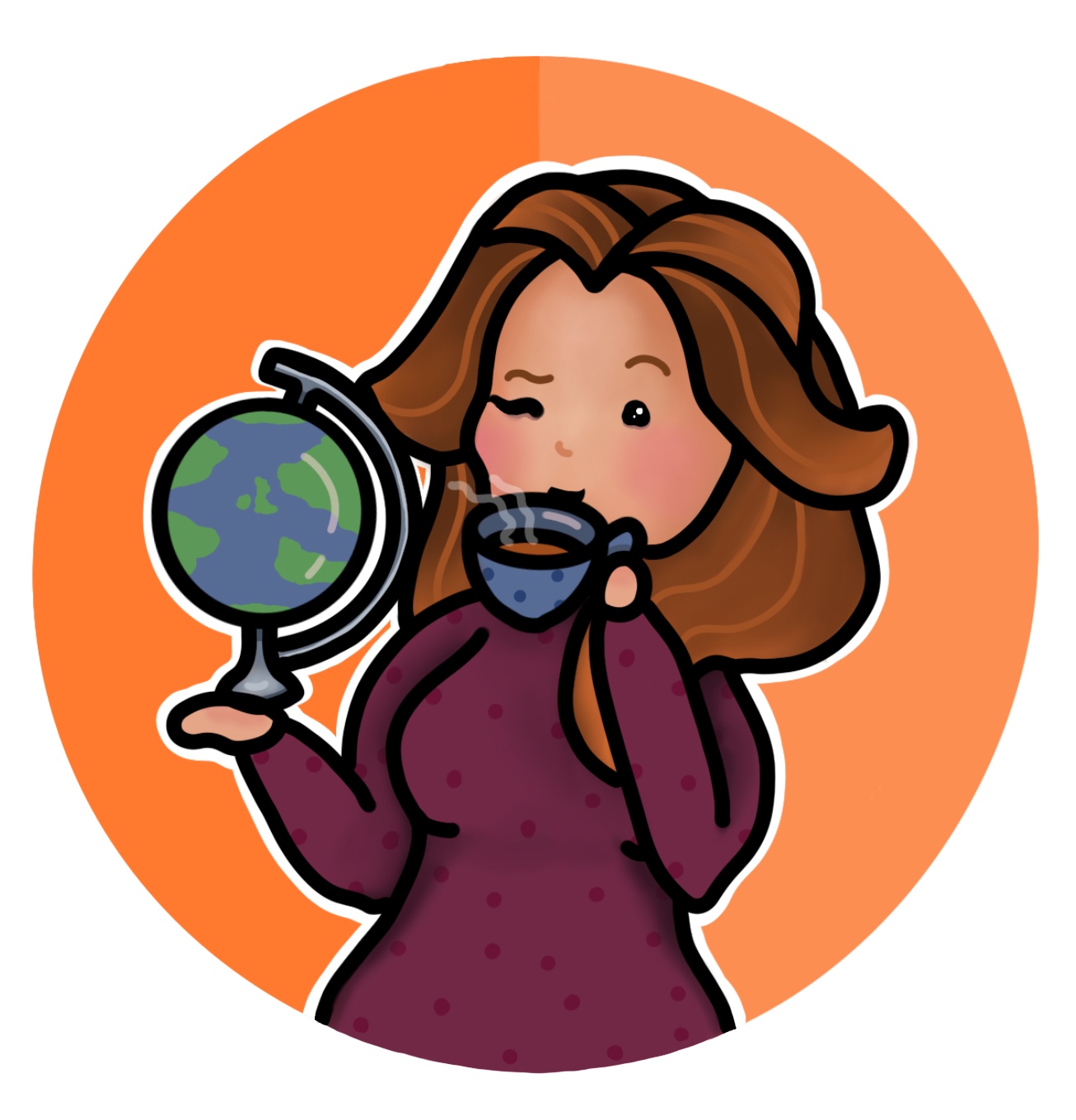
A peek behind the curtain:
how we work our magic on your texts
Much like a magic act, we make your texts disappear and reappear in a different form. But have you ever been curious about what is really going on behind the scenes? Well, let us reveal all.
Of course, we don’t really use magic – but it’s close enough! Translation is an art, and having a professional team support you with your translation projects is crucial. It’s the difference between seeing the ropes and really thinking the magician’s assistant is levitating.
Step 1: The disappearing act
There are lots of ways you can make the texts you need translating vanish into thin air and reappear at our offices. The most efficient way is to use our client portal, Plunet. Simply use the login provided, fill out a couple of boxes telling us how we can help you, and send your texts. Poof!
Step 2: The setup
Once we have received your texts, our experienced project managers immediately set to work organising your translations. This involves manually checking your texts then running the texts through our sophisticated CAT (computer-assisted translation) tool – the stage for the main act.
The CAT tool has a translation memory for your company and the particular language combination required, allowing our translators to check specific terms and even whole sentences against previous texts to see whether and how these have been translated before. This increases consistency and also allows us to give you discounts on very similar pieces. Sometimes we also have termbases, which act as a glossary for your corporate wording.
Once we know what magic trick we need to perform and on what scale, it is time for us to choose the right magician’s assistant to help us from our large, international network of highly qualified freelancers. With our freelancers’ broad range of specialist fields and our many years of experience in project management, we always find the perfect translator for your texts. We also use a four-eyes principle as standard, meaning your translations are always reviewed by a second native speaker.
Step 3: The transformation
Here is where the real magic happens! Translation is so much more than simply exchanging one word in one language for another word in another language. Very rarely can you translate something literally as languages seldom follow the same rules or patterns. What might be one word in German could be a whole sentence in English, or what might be a noun in German may be better expressed using a verb in French. Not to mention when idioms and wordplay are involved!
But these challenges are exactly why translators love being translators. We revel in being able to work our magic on your texts. We know exactly what we need to pull out of the hat and how to do it. When faced with a new text, we start by asking ourselves a few questions:
- Who is the client and who is their target audience?
- What is the purpose of the text? To inform, amaze, persuade…?
- How should I approach this text? Does it require a technical touch or some flamboyant flair?
- What’s the best way to pull this particular white rabbit out of this particular hat?
When translating, there are a range of approaches you can take, with literal translation at one end and free translation at the other. On the literal end of the spectrum you can expect texts such as technical documents, for example. Here the key is having all of the information in a factual manner and with few flourishes. However, even these are unlikely to always be at the very extreme end as different languages naturally have different ways of explaining things.
At the other end of the spectrum is free translation. This is called for when translating marketing and website texts as this requires creativity and some out-of-the-box thinking to help a text really achieve its goal. This approach is perhaps more common because of the general nature of translation, namely that there can be big differences in how thoughts and ideas are expressed in different languages and that the aim is to make a translation sound like it is the original and not a translation. But realistically, instances of completely free translation, where there is little linking the words or phrasing to the original, are only likely to be peppered throughout a text rather than make up whole text. Most translations will fall somewhere in the middle of the scale, where the translation remains similar to the source text while still being written in a way that is natural for target-language readers.
Reading between the lines to see what is really going on takes a trained eye. Our translators are all highly qualified and have many years of experience, and this allows them to use their expert judgement to know when they should stick to the script and when they need to use their artistic licence. For the latter, this may mean the target text is – at least in places – very different from the source text, but it will successfully create the same reaction as the original and be a strong text in its own right. After all, it is not what goes into or comes out of the top hat that is most important, it is the audience’s reaction to the magic.
What sets a great translator apart from the crowd is the ability to take a step back from the text and ask themselves not just what the words are saying but what the author wants to say with these words. Ultimately, it is not what is written that is the be all and end all but what the intended result of those words is. Should the reader simply feel informed or called to action? Should the words evoke a particular emotion? Another trait of an experienced translator is that they scrutinise the logic of a text. When a sentence in paragraph four does not make sense with the sentence they have just read in paragraph three or when an idea would not be as clear to a layperson as the expert who wrote the text, they put their research skills to good use and dig away until they find the best way to make their translation a sound text. In this way, they often also help to iron out creases in the source text that may only be noticeable to the reader and not the author. You will be amazed at the sleuthing skills of our translators.
There is always a lot going on behind the scenes when a magician is on stage, and as you can see, the same is true for your translations.
Step 4: The big finish
Once a translation is finished, it is now the revisor’s turn in the spotlight. A four-eyes principle ensures that we make your text as polished as it can possibly be. This is a professional standard we have observed for many years, but this year we even made it official by gaining our ISO 17100 certification, highlighting the fact that we always work to industry standards. It is not just the magic trick itself that is important to us but the entire performance.
Finally, once your translation has been put through its paces by the revisor, it is returned to our project managers to be finalised. We update our translation memory for your company and add any noteworthy terminology to your termbase so we are able to use this content for consistency in future texts and to give you a discount on any similar upcoming texts. We then export your file from our CAT tool, which breaks your text down into segments to facilitate the translation process, and return it to its original format, complete with the same formatting and layout as your original text. It is now time to send you your text in its shiny new costume, ready to be used for your business needs. Ta dah!
Everyone needs a bit of magic
Now we have given you an insight into what actually happens when you send your texts to us for translation, why not let us put on a show for you and win you over with our performance?
Get the magic started by emailing sprachmanufaktur@argusdatainsights.ch and talking to one of the ARGUS Sprachmanufaktur team today.

